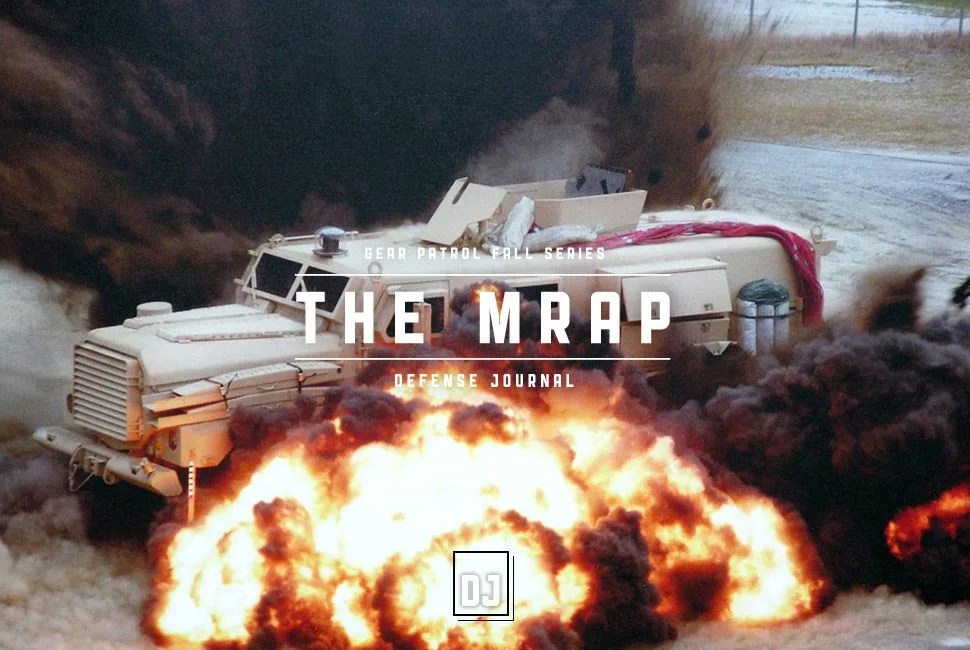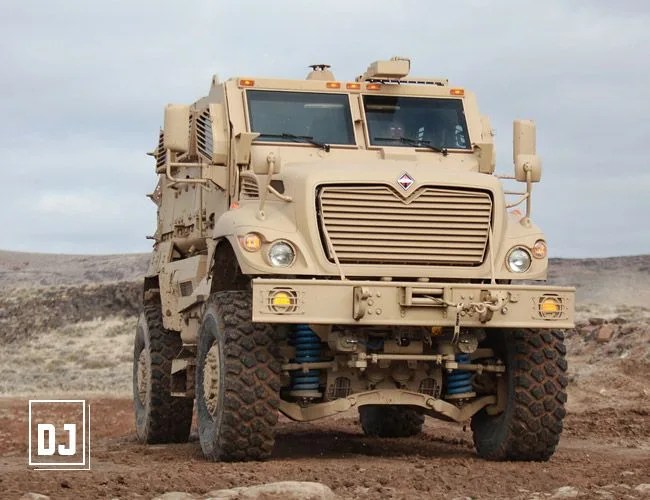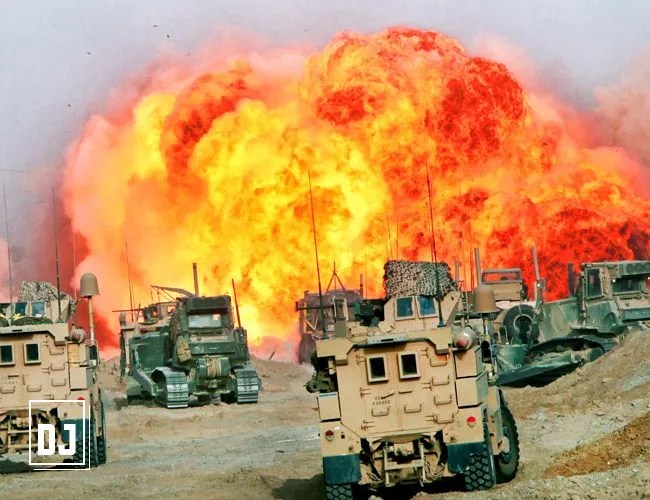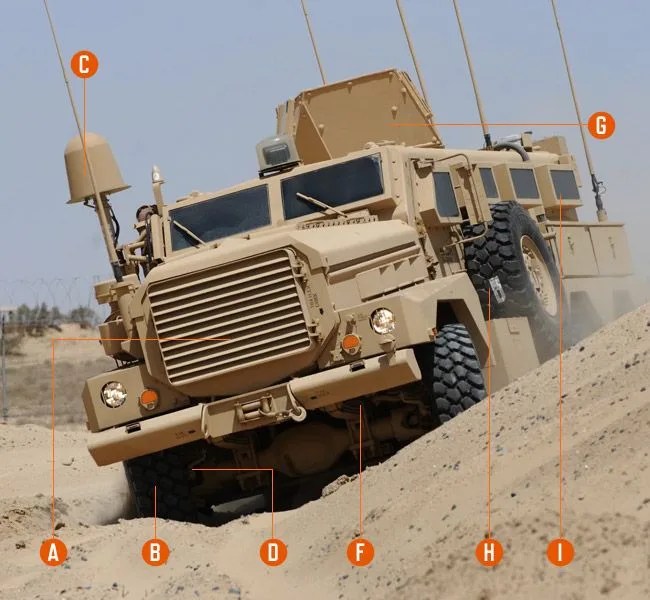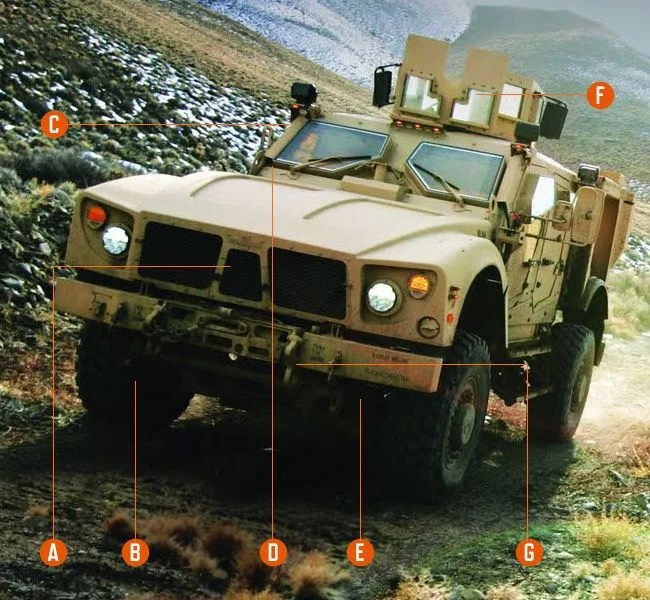Warfare is often a battle against change, and the U.S. military is always attempting to stay ahead of, or at least on top of, the curve. A fairly new yet significant player in this struggle is the MRAP, or Mine Resistant Ambush Protected vehicle. From seemingly nowhere, the ubiquitous “Humvee” (High-Mobility Multi-purpose Wheeled Vehicle, or HMMWV) used by U.S. forces was replaced, a response to the deadly “new” tactic of our adversary in Iraq — the roadside bomb. MRAPs are now heralded as critical to protecting our soldiers and Marines from the effects of blast and fragmentation, and the Pentagon and defense industry have responded appropriately, if not always efficiently, to fielding the capability. Every rock leaves its ripples in the military technology game; the MRAP has made waves, both in the field and at home.
Few adversaries see U.S. military might and proclaim “I want to go toe-to-toe with those guys”. All but a few realize that a stand-up fight with American armed forces is a losing proposition, leading most to pursue war by other, asymmetric, means. Booby trap, roadside bomb, improvised explosive device: the concept is not new. The U.S. gained hard-earned experience on these weapons in Vietnam; the British, in Northern Ireland; the Russians, in Chechnya. The transition from conventional combat to counter-insurgency in Iraq saw a change in tactics, and the methods and tools developed for conventional warfare quickly proved less than effective — just as in the past.
Combat is a series of actions and reactions. You move, the enemy counters. You change tactics, the enemy adjusts. So it was in Iraq. For $25, an unemployed Iraqi might dig a hole and emplace in the path of coalition forces an IED (improvised explosive device) that could turn a lightly armored vehicle inside out.
HMMWVs were particularly vulnerable to the roadside bombs, with little armor and an unprotected undercarriage. A buried bomb or one adjacent to the road directed at passing vehicles punches easily through the thin-skinned vehicles. The associated shock wave passes through passengers. The insurgents in Iraq exploited this vulnerability heavily beginning in 2003, particularly around Fallujah and Ramadi in Al Anbar Province. The death toll quickly rose (approximately 64% of U.S. deaths in Iraq have been caused by IEDs, according to the Washington Post), and the Marines in Al Anbar raised the alarm. A solution was needed to combat the enemy tactic. The MRAP program began solely within the USMC, but quickly become relevant to all the services reliant on the HMMWV for mobility.
What is an MRAP?
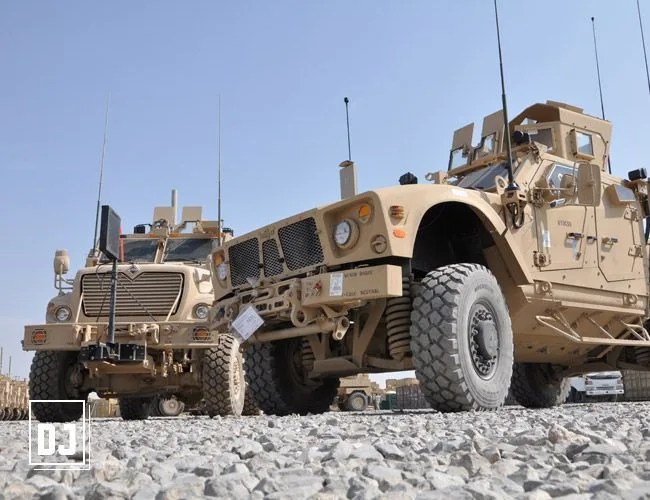
With a V-shaped hull, a raised chassis and armored plating, the MRAP vehicle has proven to be the single most effective counter to improvised explosive devices. Blast-resistant underbodies and layers of thick armored glass offer unparalleled protection from buried or roadside bombs, while all-terrain suspension and run-flat combat tires ensure combat troops can operate in complex and highly restricted rural, mountainous and urban terrains.
